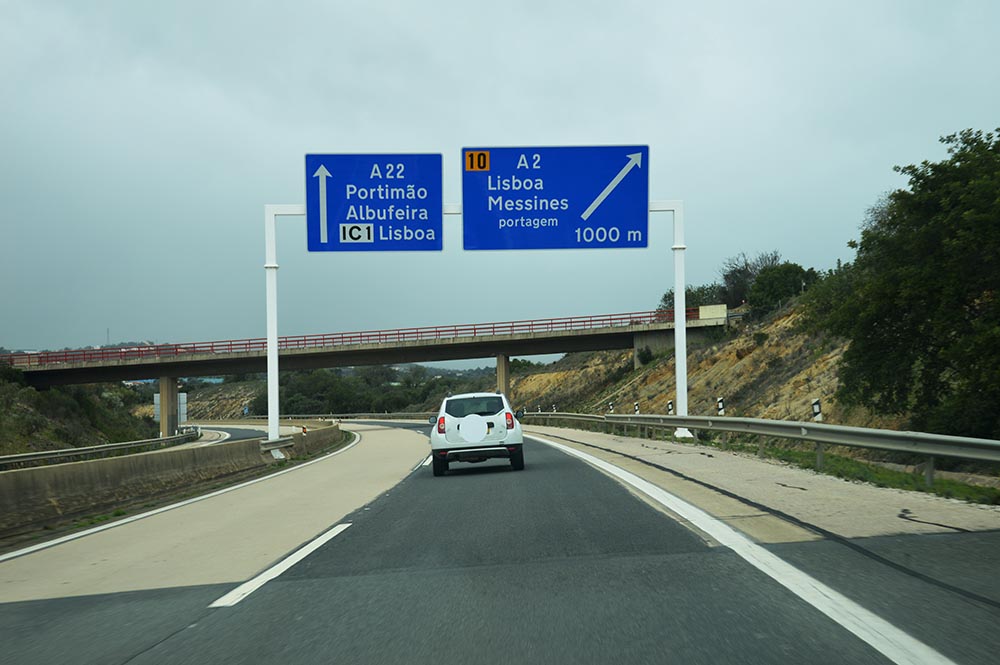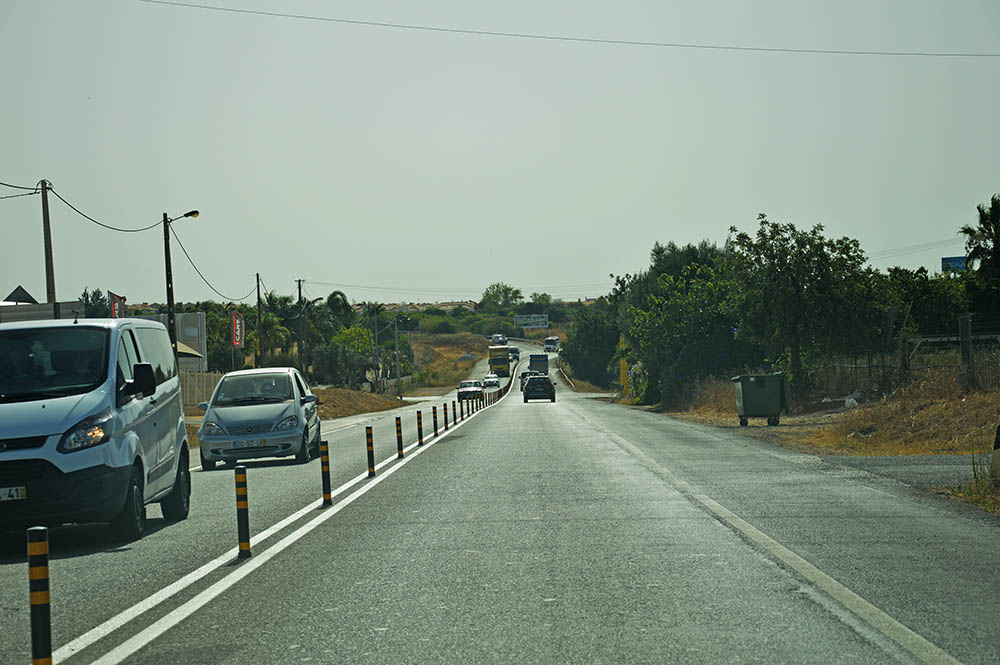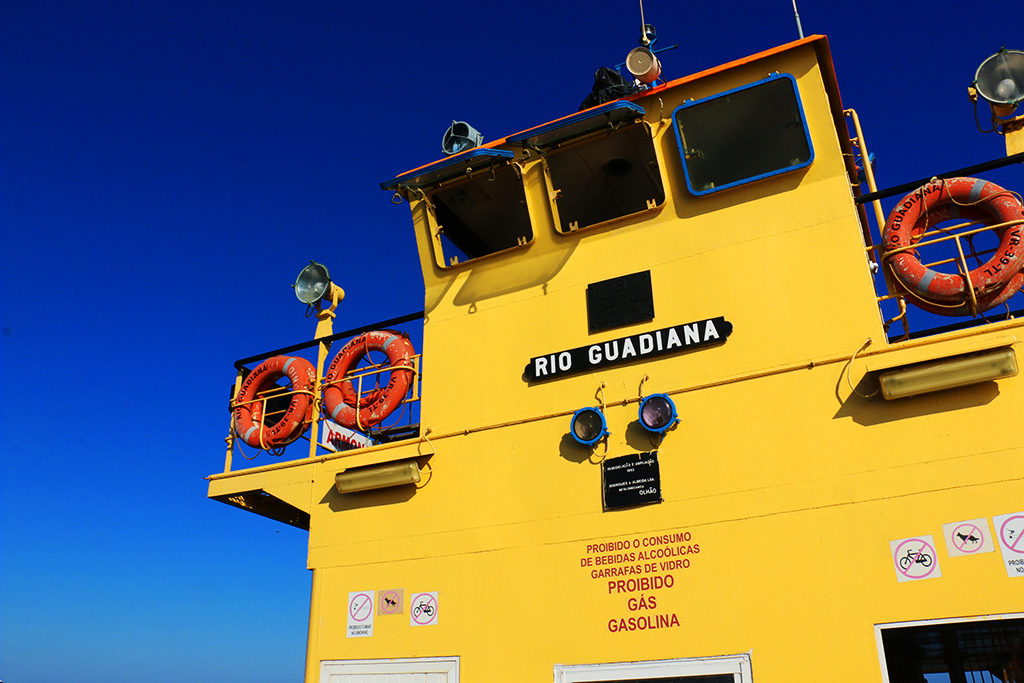 Traffic on the A22 increased 16,7 percent in the last quarter of 2017, compared to the same period last year. This indicator, as well as an increase of 5,5% of passengers handled by the Airport of Faro, are two of the highlights of the Algarve Conjuntura – Mobility and Transport barometer, released today.
Traffic on the A22 increased 16,7 percent in the last quarter of 2017, compared to the same period last year. This indicator, as well as an increase of 5,5% of passengers handled by the Airport of Faro, are two of the highlights of the Algarve Conjuntura – Mobility and Transport barometer, released today.
According to the Algarve Regional Coordination and Development Commission, the analysis of the performance of the different modes of transport and traffic in the Algarve, in the last three months of 2017, reveals increases compared to the previous year, «some quite significant».
This growth was well noted in terms of Average Daily Traffic (TMD) on the main and secondary road axes in the region.
On the section of the A2 between Almodôvar and São Bartolomeu de Messines, there was an increase in traffic of 17,4%, to 7988 vehicles per day. On the A22, the increase was 16,7%, to 10575 vehicles per day.
The CCDR do Algarve pointed out that, in both cases, this was «the 18th consecutive positive quarterly variation», a rise that began in the third quarter of 2013.
At the Guadiana International Bridge, growth was not so strong, standing at 3,2% (6128 vehicles per day).

In the secondary axes, namely on the EN125, TDM also had a generalized growth. Traffic increased between 3,5 and 18,2% at 11 of the 13 metering points that already existed in 2016. The exceptions are the stretch of the EN125 São João da Venda / Faro – West node, which had a TDM of 39.021 vehicles, a decrease of 0,2% compared to the previous quarter, and the section of the EN125 between Vila do Bispo and Rotunda Vale de Boi, where the daily traffic volume decreased by 7,3. 5395% (XNUMX vehicles).
The Algarve International Airport also had more work, in the months of October, November and December 2017. In all, 9911 flights were carried out, carrying around 1,44 million people. In the first case, the increase was 3,1%. With regard to passengers, the year-on-year growth was 5,5%.
There were also more people riding trains, both regional and long-haul. The flow on the Algarve Line, between Lagos and Vila Real de Santo António, grew by 4,3 percent, to more than 438 passengers. In long-haul services (Alfa and Intercidades) the movement increased by 10,1% to the 179 thousand people transported.
 The river routes also had a positive performance, in relation to the last months of 2016. The flow in the routes of the Ria Formosa increased by 2,2%, approaching 1,84 million passengers transported. In the connection between Ayamonte and VRSA, the growth was 7,9%, having handled 64.484 people.
The river routes also had a positive performance, in relation to the last months of 2016. The flow in the routes of the Ria Formosa increased by 2,2%, approaching 1,84 million passengers transported. In the connection between Ayamonte and VRSA, the growth was 7,9%, having handled 64.484 people.
In road transport there were increases in almost all connections, with the most significant occurring in inter-regional and international routes. In the first case, the increase was 12,3% (189.093 passengers). In the international call, the growth was 11,4%, for the 5256 people transported.
On long-distance services "there was a very slight increase" of 0,5% (1.493.573 passengers). In urban buses, there was a decrease of 1,6% (1.160.886 people transported).
All values of the Algarve Conjuntura Barometer – Mobility and Transport can be consulted on the CCDR Algarve Mobility and Transport portal.


















Comments